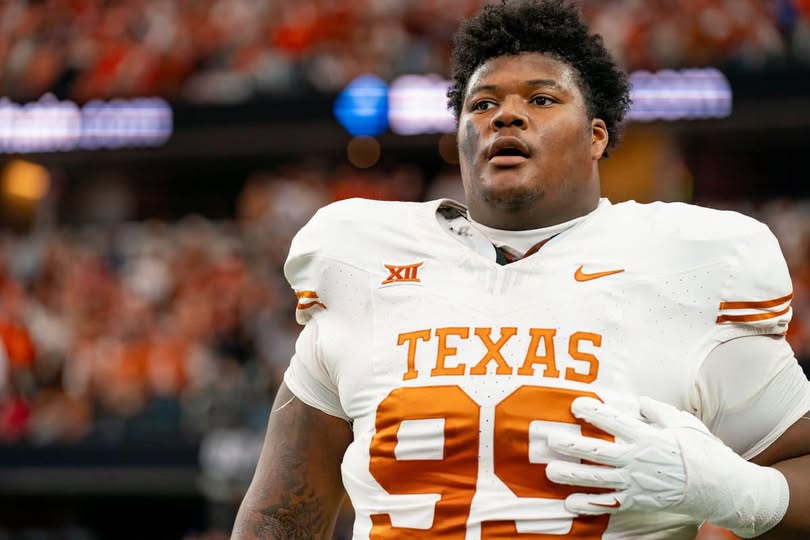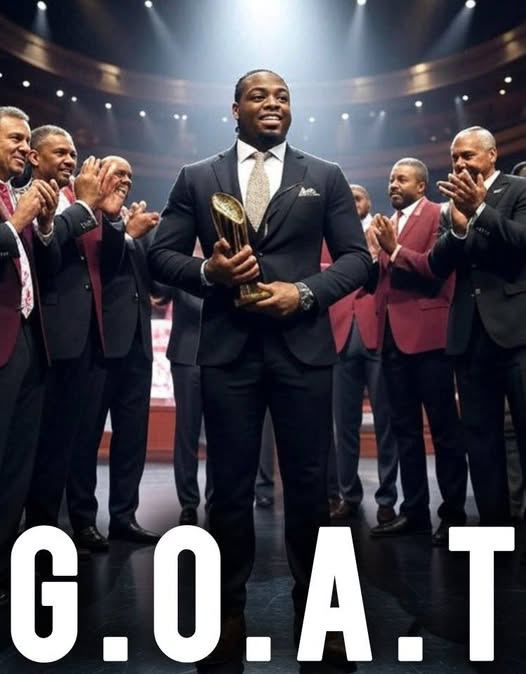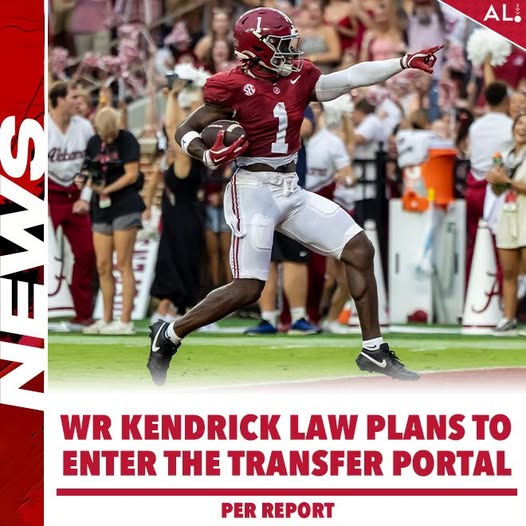Here’s what the newly signed executive order—titled “Saving College Sports” and issued on July 24 & 25, 2025—does:
🏛️ Major Provisions of the Order
1. Ban on Pay‑for‑Play Third‑Party Deals
- The order prohibits third‑party “pay‑for‑play” payments to college athletes (boosters or collectives paying players to attend), while still allowing fair‑market‑value NIL (Name, Image, and Likeness) endorsement deals .
2. Scholarship Protection for Non‑Revenue & Women’s Sports
- Athletic departments with $50 million+ in annual revenue cannot cut scholarships or roster spots in non-revenue sports (e.g., Olympic and women’s programs).
- Programs earning $125 million+ must increase scholarships in those sports for the upcoming academic year .
3. Clarifying Student‑Athlete Employment Status
- The order directs the Secretary of Labor and the National Labor Relations Board (NLRB) to clarify whether college athletes should be considered employees—with guidance meant to prioritize educational benefit and protect non‑revenue sports .
- No timeline or definitive status is specified—agencies are given 30 days to develop plans or rule-making strategies .
4. Federal Enforcement Tools and Legal Safeguards
- The Attorney General and Federal Trade Commission are directed to use federal tools—such as funding decisions, enforcement, and litigation—to:
- Shield college athletic bodies (like the NCAA) from antitrust lawsuits;
- Protect the collegiate-to-Olympic athlete development pipeline;
- And maintain parity among sports within athletic departments .
🧭 Why Is This Significant?
- Response to NIL expansion: The order aims to curb what the administration views as uncontrolled spending under current NIL rules and a recent antitrust settlement permitting revenue sharing up to ~$20M per school .
- Amateurism reinforcement: It reaffirms the NCAA’s position that college athletes should remain non-employees and opposes direct financial inducements tied to performance or recruitment.
- Support for non-revenue sports: The scholarship mandates specifically address resource imbalances between big-ticket and Olympic/women’s sports.
- Federal-level intervention: This marks a major federal re-engagement in college athletics oversight, signaling broader shifts in how higher education sports are governed .
⚠️ Caveats & Limitations
- Executive orders aren’t laws: Implementation depends on whether relevant agencies enact regulations or take enforcement action—and those actions could face legal challenges .
- Uncertainty around athlete status: The order doesn’t definitively label athletes as employees or non‑employees — it merely tasks labor agencies with providing “clarification.”
- Pending legislative overlap: Similar goals—like shielded NIL rules and athlete status protections—are being pursued through Congressional bills (e.g., the SCORE Act). The order aligns with some NCAA-backed objectives but could overlap or conflict with future laws.
✅ In Summary
- Bans pay-for-play third-party NIL deals, but allows legit endorsements.
- Protects and expands scholarships in women’s and Olympic/non-revenue sports.
- Directs federal agencies to define athlete employment status and enforce equity.
- Seeks broad federal influence over college sports governance and competition balance.
📌 What Happens Next?
- Agencies have ~30 days to draft rules or enforcement plans.
- Schools and NCAA may comment or resist potential labor and funding conditions.
- Congressional activity, particularly on the SCORE Act, could either reinforce or supersede the executive action.
Ready to dive into how this might affect a specific school, athlete, or NCAA program? Let me know!




